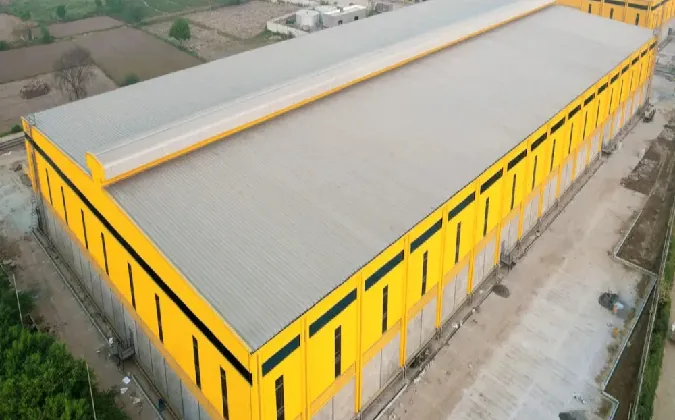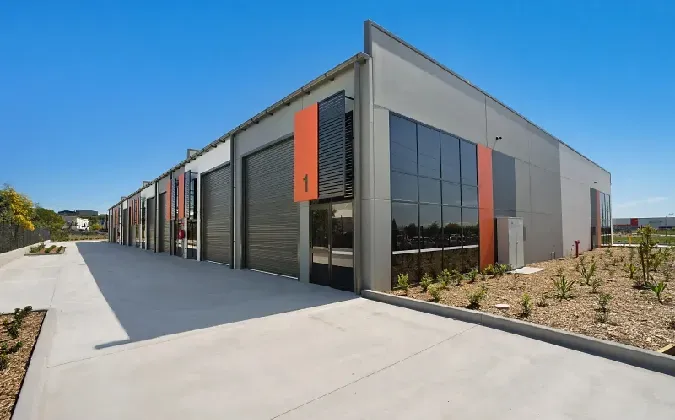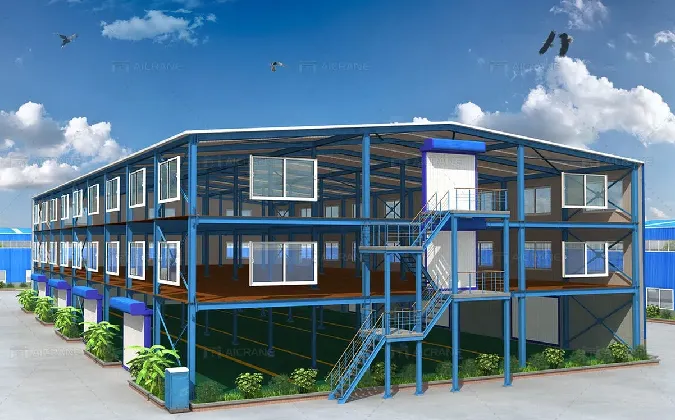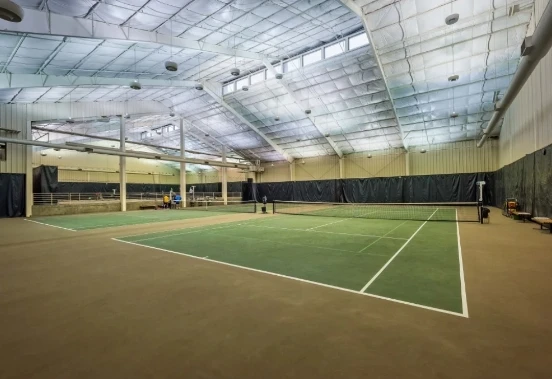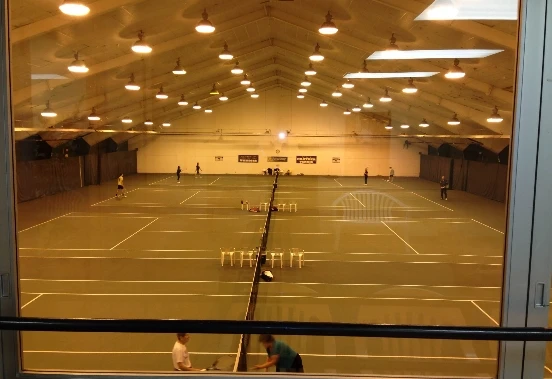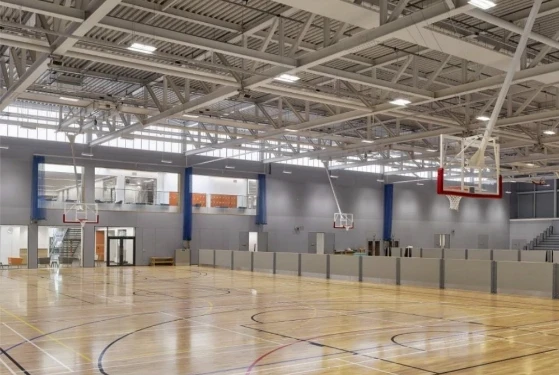- Afrikaans
- Albanian
- Amharic
- Arabic
- Armenian
- Azerbaijani
- Basque
- Belarusian
- Bengali
- Bosnian
- Bulgarian
- Catalan
- Cebuano
- Corsican
- Croatian
- Czech
- Danish
- Dutch
- English
- Esperanto
- Estonian
- Finnish
- French
- Frisian
- Galician
- Georgian
- German
- Greek
- Gujarati
- Haitian Creole
- hausa
- hawaiian
- Hebrew
- Hindi
- Miao
- Hungarian
- Icelandic
- igbo
- Indonesian
- irish
- Italian
- Japanese
- Javanese
- Kannada
- kazakh
- Khmer
- Rwandese
- Korean
- Kurdish
- Kyrgyz
- Lao
- Latin
- Latvian
- Lithuanian
- Luxembourgish
- Macedonian
- Malgashi
- Malay
- Malayalam
- Maltese
- Maori
- Marathi
- Mongolian
- Myanmar
- Nepali
- Norwegian
- Norwegian
- Occitan
- Pashto
- Persian
- Polish
- Portuguese
- Punjabi
- Romanian
- Russian
- Samoan
- Scottish Gaelic
- Serbian
- Sesotho
- Shona
- Sindhi
- Sinhala
- Slovak
- Slovenian
- Somali
- Spanish
- Sundanese
- Swahili
- Swedish
- Tagalog
- Tajik
- Tamil
- Tatar
- Telugu
- Thai
- Turkish
- Turkmen
- Ukrainian
- Urdu
- Uighur
- Uzbek
- Vietnamese
- Welsh
- Bantu
- Yiddish
- Yoruba
- Zulu
Jul . 29, 2025 13:00 Back to list
Industry Trends: Rapid Growth of Structural Steel Residential Homes
The global demand for structural steel residential homes is surging, driven by a growing preference for energy-efficient, cost-optimal, and resilient housing solutions. According to a 2023 Mordor Intelligence Report[1], the steel residential building segment is projected to increase at a CAGR of 5.8% from 2023 to 2028, notably outpacing traditional construction methods.
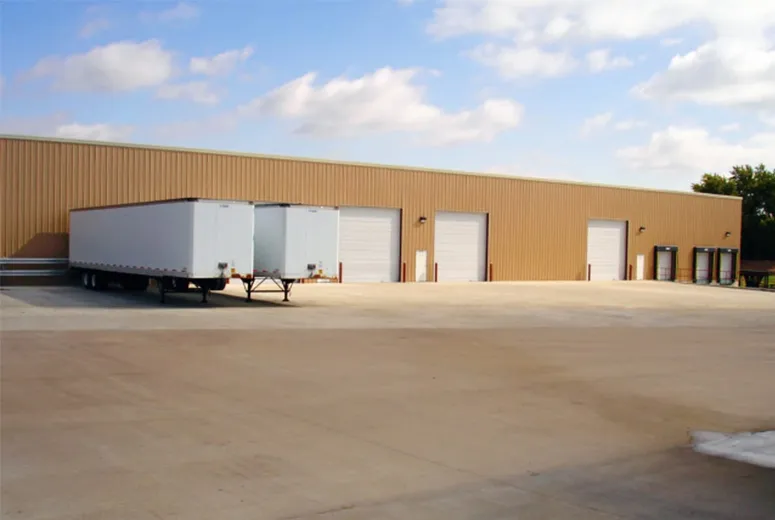
- Key Industry Factors: Sustainability, rapid assembly, seismic performance, and reduced maintenance.
- Application Scenes: Single-family homes, multi-story apartments, coastal residences, energy-saving retrofit projects.
- Global Leaders: Prefab Commercial Steel Office Buildings, Butler Manufacturing, BlueScope, Nucor, Honco & others.
The steel home trend is also reflected in related costs — “residential metal buildings prices” search interest has doubled since 2021, compelling residential metal building manufacturers to innovate both structurally and economically.
Technical Specification Table: Structural Steel Residential Homes
| Parameter | Unit | Typical Value | Industry Standard |
|---|---|---|---|
| Yield Strength | MPa | 345–550 | GB/T 1591, ASTM A992 |
| Ultimate Tensile Strength | MPa | 470–630 | ISO 4948-1, EN 10025 |
| Modulus of Elasticity | GPa | 200 | ISO 6892-1 |
| Corrosion Protection | — | Hot-dip Galvanized, Epoxy Up to 30+ years life |
ISO 1461 |
| Thermal Conductivity | W/m·K | ~45 | ISO 10456 |
| Fire Resistance | minutes | >90 (with enclosure) | EN 13501-2 |
| Lead Time | weeks | 4–12 | — |
All metrics are sourced from latest EN, ISO, and ASTM test results. Steel home durability, certified per ISO 9001, consistently meets global benchmarks in safety, energy, and lifespan.
Parametric Trends of Structural Steel Residential Homes (2020–2024)
Data shows substantial progress in yield strength and corrosion resistance, while optimized supply chains have reduced lead times by nearly 35% over 5 years.
Product Comparison: Prefab Commercial Steel Office Buildings vs. Market Alternatives
| Feature | Prefab Commercial Steel Office Buildings | Traditional Concrete | Wooden Framing |
|---|---|---|---|
| Material Grade | Q355B/A572-Gr50 Structural Steel | High-grade Concrete (C30+) | Pine/Spruce (Grade 2+) |
| Lifespan (years) | 50+ | 40–50 | 25–35 |
| Installation Time | 2–4 Weeks | 8–16 Weeks | 5–12 Weeks |
| Fire/Seismic Resistance | Excellent | Good | Medium |
| Environmental Impact | Low/Green, up to 90% recyclable | Medium | High Deforestation Risk |
| Precision/Customization | < ±1.5 mm, Full | < ±8 mm, Limited | < ±4 mm, Moderate |
| Cost Range (USD/m²) | 450–780 | 380–650 | 420–700 |
This comparison proves structural steel residential homes offer a top-tier blend of durability, cost efficiency, and sustainable benefits—far ahead of both concrete and timber options.
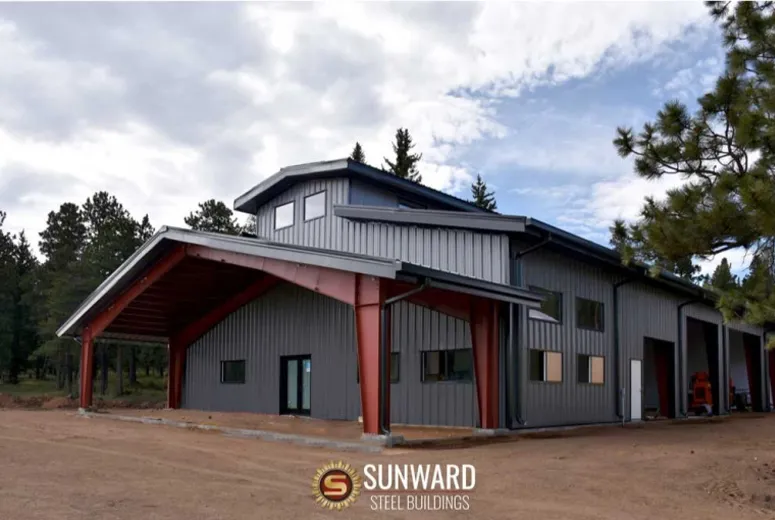
Residential Metal Buildings Prices & Manufacturers: 2024 Benchmark Update
- Prefab Commercial Steel Office Buildings: $450–780/m² (turnkey, fully customized, ISO/ANSI/CE certified)
- Butler Manufacturing: $480–820/m² (premium, US/Canada, LEED ready)
- BlueScope Steel: $420–760/m² (Asia Pacific/Australia leader, high anti-corrosion steel)
- Honco Steel Buildings: $470–800/m² (Canada/EU, focus on extreme climates)
Price variations relate to insulation, span, coatings, complexity and local standards. For custom requirements, consult the manufacturer directly for detailed bill of material, freight, and post-sales support.
Manufacturing Process of Structural Steel Residential Homes
Understanding the workflow is key to evaluating both quality and cost efficiency. Below is a schematic representing the ISO- and ANSI-compliant process of manufacturing structural steel residential homes:
(Prime Q355B, A572 or equivalent)
(CNC plasma/laser; ±1mm precision)
(ISO 9001, certified welders)
(Hot-dip galvanizing, epoxy)
(Ultrasonic NDT, ISO 17025)
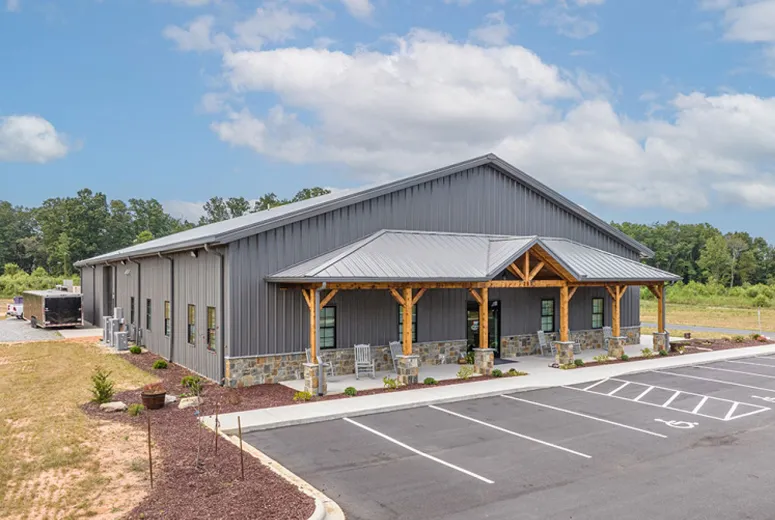
- Material Quality: Sourced premium alloys with certified material traceability (ISO 9001, EN 1090).
- Processing: CNC machining, laser/plasma cut, robotic welding, enabling millimeter-level tolerances.
- Surface Treatment: ISO 1461 hot-dip galvanizing, powder coating for up to 30 years’ anti-corrosion protection, suited for coastal & chemical environments.
- Inspection: 100% Non-Destructive Testing (NDT) — Ultrasonic, Magnetic Particle per ISO 17025.
Manufacturing strictly follows ISO, ANSI and relevant local codes, ensuring global project eligibility.
Key Performance Data Visualization: Prefab Commercial Steel Office Buildings
- Prefab Steel: 54%
- Concrete: 32%
- Wood: 14%
Innovation in Real Applications: Structural Steel Residential Homes in Action
- High-end Villa Subdivisions: Modern designs with integrated solar panels, using steel’s high load capacity and corrosion resistance.
- Coastal & Seismic Zones: Houses in California & Southeast Asia withstand Category 8+ earthquakes, thanks to reinforced steel connections (per ANSI/AISC standards).
- Multi-story Apartments: Residential developers in Europe and Africa deploy stacked modules up to 12 floors, reducing assembly time and carbon footprint by 40%.
- Retrofitting & Sustainability Initiatives: Urban renewal projects use steel frames and insulated panels to upgrade aged apartments to global energy standards (EN 15804-compliant).
- Employee Housing & Student Dormitories: Fast deployment in oil & mining camps — entire blocks prefabricated & delivered in 6 weeks, with full kitchen/bath installation.
Customization, Delivery, and Warranty for Modern Steel Homes
- Design Flexibility: 3D BIM-enabled—adapt layout, façade, insulation, and MEP with micro-tolerance accuracy (±1.5 mm).
- Delivery Cycle: 4–12 weeks, depending on complexity and location.
- Warranty: 10 years structural frame, 20–30 years corrosion protection (maintenance contracts available).
- After-sales: Full tech support, global spare parts, remote video inspection and maintenance advice (24/7 chat available).
- Certifications: ISO 9001, ISO 14001, EN 1090, ANSI/AISC, CE; supplied to Shell, Sinopec, and Fortune 500 partners.
All fabrication, inspection, and shipment steps are digitally tracked, ensuring transparency and trust for every project.
Conclusion
The rise of structural steel residential homes continues to transform the housing landscape — offering unmatched strength, customization, and eco-friendly performance at competitive price points. When choosing between leading residential metal building manufacturers, data transparency, certification, and after-sales support are crucial for long-term confidence.
[1] Mordor Intelligence, "Steel Residential Building Market 2024", industry report
[2] “Comparison of Modular Steel and Timber Structures in Residential Buildings,” Journal of Constructional Steel Research, 2022. Read article
[3] Metal Building Manufacturers Association (MBMA) Forums: www.mbma.com
-
The Rise of Prefabricated Metal Structures in Modern Industry
NewsJul.28,2025
-
The Landscape of Prefabricated Metal Building Solutions
NewsJul.28,2025
-
Analyzing Costs and Pricing Dynamics in Prefabricated Steel and Metal Buildings
NewsJul.28,2025
-
Advance Industrial Infrastructure with Prefabricated Steel Solutions
NewsJul.28,2025
-
Advancing Industrial Infrastructure with Prefabricated Metal Warehousing Solutions
NewsJul.28,2025
-
Advancing Industrial and Commercial Spaces with Prefabricated Steel Solutions
NewsJul.28,2025
Products categories
Our Latest News
We have a professional design team and an excellent production and construction team.






